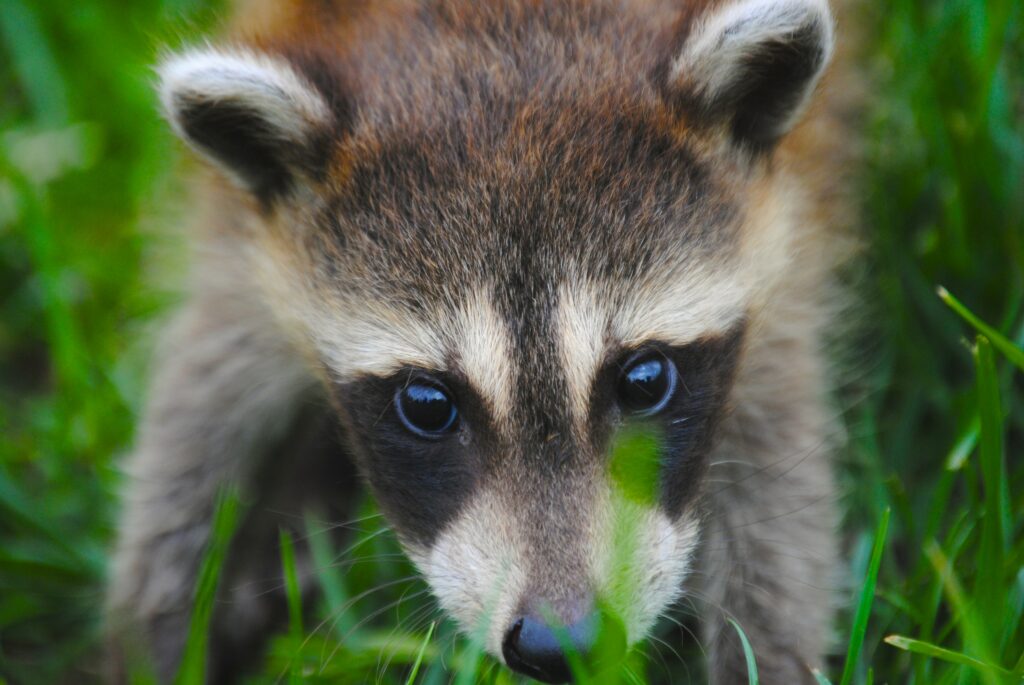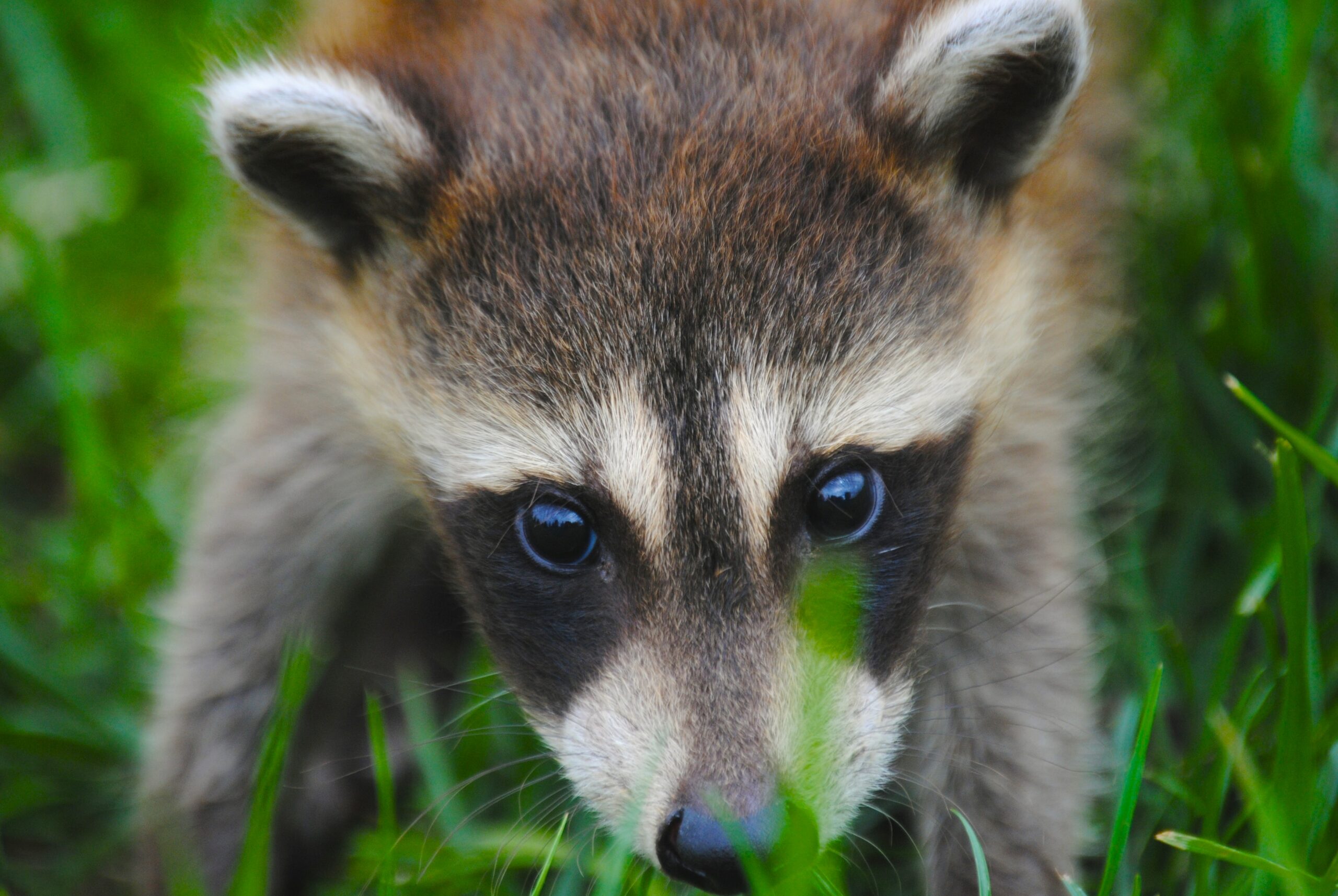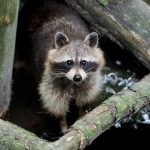Are you interested in knowing about, pondering even, the lifespans of our furry neighbors we often call raccoons? One might wonder, in that place of untouched nature and life’s raw games, the wild, how many years do these critters actively participate?
How long do they scamper under the moonlit skies, hunt for their meals in the hushed silence, and play their part in the circle of life?
Raccoons are intriguing creatures indeed, leading lives much like any of us, simply in a different arena. The wild serves as their home, their playground, and their everyday battlefield. In this challenging environment, these little warriors are known to survive anywhere from 2 to 3 years on average.
Yet, it’s not uncommon to find some reaching the ripe age of 7 to 8 years. Just picture an 8-year-old raccoon, its fur silvered with time, crawling and thriving, enjoying the melody of life in the whispers of the wild wind and rustling of leaves.
The Secret Life of Raccoons
With their masked faces and nimble paws, raccoons are intriguing creatures that seem to bridge the divide between the wild and the urban.
Probably, you’ve pondered, “how long do raccoons live in the wild?” as they’ve scurried through your backyard or shot up into the trees. While they may appear to be just an ordinary part of our environment, the expanse and complexity of raccoons’ lives can be enlightening.
The Nature of Raccoons
Raccoons are fascinating, adaptable mammals known for their distinct black “masks” around their eyes and bushy, ringed tails. They are incredibly versatile, inhabiting various habitats from the deep woods to bustling city streets. Raccoons, known for their intelligence and resourcefulness, are naturally inquisitive and curious creatures, always on the hunt for their next meal or exploration.
Habitat Preferences
Raccoons are not too picky about where they call home. They prefer to nest in hollow trees, underground burrows, or rock crevices in more natural settings. Nevertheless, these adaptable creatures have also shown an aptitude for urban living, happily residing in man-made structures such as attics, barns, abandoned buildings, and even storm drains.
Dietary Habits
Raccoons are omnivores, consuming a broad range of food based on availability. They feast on nuts, fruits, insects, rodents, bird eggs, and garbage when they can get their paws on it. Unfortunately, this trash panda reputation is often what gets them into trouble and shortens their lifespan.
Understanding Raccoon Lifespan
While they may seem ubiquitous, have you ever wondered how long raccoons live in the wild? Their survival is contingent on many factors, which can make it an intricate tale.
Average Lifespan in the Wild
In the wild, raccoons typically live for two to three years. However, their lifespan can extend up to five years if conditions are favorable and threats are minimal. Their adaptive nature and omnivorous diet afford them a decent lifespan in terms of small to medium-sized mammals.
Factors Influencing Lifespan
Predators, diseases, scarcity of food, and human interaction substantially impact a raccoon’s lifespan. In urban settings, motor vehicles pose a significant threat. On the other hand, in rural areas, raccoons often fall prey to larger predators or succumb to diseases and parasites.
Comparing Male and Female Lifespan
Interestingly enough, there’s a slight disparity in the average lifespan of male and female raccoons. Males tend to have shorter lifespans, primarily due to their more reckless nature and greater likelihood of encountering hazards during mating seasons. Meanwhile, female raccoons commonly live a little longer due to their more cautious behavior and refined survival instinct.

Challenges to Raccoon Longevity
The lifespan of a raccoon is fraught with challenges. From predatory threats to disease, danger seems to lurk around every corner for these enigmatic creatures.
Natural Predators
In the wild, raccoons are vulnerable to various predators, including owls, eagles, coyotes, and larger racoons. These potential predators are especially threatening to younger, less experienced raccoons.
Disease Threats
Raccoons are susceptible to several diseases such as rabies, distemper, and parvovirus. These diseases can swiftly reduce a population when an outbreak occurs.
Human Disturbance
One of the most significant threats to a raccoon’s lifespan is human intervention. Human development wreaks havoc on raccoon habitats, often forcing these creatures to adapt to urban environments where dangers abound.
Raccoon Reproduction and Its Impact on Lifespan
There is a fascinating interplay between raccoon reproduction and lifespan. Raccoon mating habits exert a considerable influence on their longevity.
Raccoon Mating Habits
Raccoons generally mate in early spring, and after a gestation period of about 65 days, females give birth to two to five kits. Males, not being monogamous, mate with multiple females each season, weakening them and occasionally leading to deadly conflicts.
The Role of Offspring
While offspring increase the raccoon population, they also pose a survival challenge. Young raccoons have a high mortality rate, with many not surviving their first year due to predation, disease, harsh weather conditions, and scarcity of food.
Competitive Mating Pressures
Male raccoons face fierce competition during the mating season, often resulting in violent battles that can lead to severe injuries or death, thus reducing their lifespan.

The Impact of Urbanization on Raccoons
Humans’ encroachment into raccoon territory has unexpected outcomes that affect raccoon lifespans, either positively or negatively, depending on the circumstances.
Urban vs. Rural Lifespan
It might surprise you, but urban raccoons tend to live longer than their rural counterparts. Food is more abundant and easy to find in cities, and there are fewer natural predators. However, urban environments come with their unique hazards, such as vehicular traffic and conflicts with humans.
Raccoons in City Environments
Vehicles represent the unfortunate cause of death for urban raccoons. Nonetheless, these city dwellers become rather adept at interpreting human behaviors, using our systems to their advantage, and navigating the concrete jungle.
Human-Raccoon Interaction and Conflict
While raccoons are generally pacifist, conflicts do arise when raccoon territories overlap with human residences. This can lead to consequences harmful to both the raccoons and their human neighbors, revealing the importance of proper raccoon management in urban areas.
Survival Mechanisms in Raccoons
Despite the numerous challenges, raccoons are survivors, and they possess several mechanisms that help them thrive in a variety of environments.
Natural Defense Mechanisms
Raccoons have several natural defense mechanisms, from their sharp claws and teeth to their ability to climb trees swiftly to escape danger.
Raccoons and Adaptability
Their outstanding adaptability is perhaps a raccoon’s most remarkable survival trait, as they can thrive in a broad habitat range. This allows them to change their behavior based on their surroundings, increasing their survival rate.
Intelligence and Problem-Solving Skills
Raccoons exhibit high levels of intelligence and problem-solving skills, allowing them to find food sources and evade threats in ways many similar-sized mammals cannot.
Raccoon Diet and Its Role in Lifespan
Diet is a fundamental factor in a raccoon’s lifespan, with their omnivorous eating patterns providing both blessings and curses.
Omnivorous Eating Patterns
Raccoons’ diet is primarily omnivorous, feasting on berries, grubs, mice, fish, frogs, and even human trash. This diverse diet ensures that they have food available in different seasons and environments.
Hunting Skills and Food Resources
Raccoons are notable hunters, using their dexterous paws to catch prey, dig for insects, and even open lids to access food. This ability significantly boosts their survival potential.
Seasonal Diet Changes
Raccoons adjust their diets based on seasonal changes. They’re famous for ‘fattening up’ for the winter, during which they spend a lot of time sleeping, albeit not truly hibernating, and relying heavily on fat reserves for survival.
Weather & Seasonal Impact on Raccoon Lifespan
The survival of raccoons is deeply entwined with weather and season, bringing about behavioral changes and potential risks to their longevity.
Hibernation and Raccoon Lifespan
While raccoons do not hibernate in the traditional sense, they do enter a state of torpor in the winter months. This period of inactivity helps them conserve energy and contributes positively to their lifespan.
Seasonal Challenges and Risks
Raccoons face heightened risks in certain seasons, like food scarcity and severe weather conditions in winter or vulnerability to predators during birthing seasons. These seasonal trials weave a complex tapestry of survival that plays a crucial role in their longevity.
Climate Change and Raccoon Survival
Climate change brings an entirely unique set of challenges, as shifts in weather patterns can disrupt food sources, introduce new diseases, and upset the delicate balance of ecosystems in which raccoons reside.
Human Influence on Raccoon Lifespan
Disturbingly, human activities prove to be some of the biggest influences on the lifespan of raccoons, often detrimentally so.
The Impact of Hunting and Trapping
Hunting and trapping impose severe pressures on raccoon populations, especially in rural areas. While raccoons aren’t typically hunted for meat, they are often targeted for their fur, for sport, or simply as pests.
Road Accidents and Raccoon Mortality
In urban and suburban settings, road traffic accidents are a leading cause of death for raccoons, dramatically shortening their potential lifespan.
Raccoon Management in Residential Areas
In areas where raccoons coexist closely with humans, appropriate management practices, including safe exclusion and habitat modification, can significantly impact their survival and resulting lifespan.
Future of Raccoons: Threats and Conservation
Looking ahead, raccoons face numerous threats, but our growing understanding of these creatures can guide effective conservation efforts.
Current Conservation Efforts
Currently, various wildlife agencies work to manage raccoon populations, primarily through regulated hunting seasons, habitat conservation, and public education.
Projected Changes in Raccoon Population
While it’s hard to predict precise future populations, the general adaptability of raccoons suggests they will continue to find ways of surviving, whether in forests or our metropolises.
Role of Public Awareness in Raccoon Survival
Increasing public awareness about raccoons, their behavior, and the challenges they face is vital. An informed public can make choices to reduce negative interactions, protect habitats, and foster a coexistence that helps sustain the raccoon’s hidden world.










